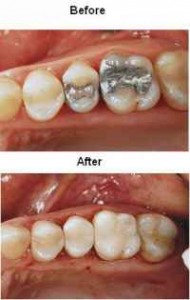So by now your children are hopefully coming down from their Halloween sugar high and revving up for the long holiday season and  all the great treats that come with it. To keep up with all the newest information regarding children’s oral health I’ve come across some great resources that can help keep your child’s smile healthy while instilling great oral health habits.
all the great treats that come with it. To keep up with all the newest information regarding children’s oral health I’ve come across some great resources that can help keep your child’s smile healthy while instilling great oral health habits.
- Check out this great website for great videos, information about your child’s mouth as well as ideas about how to get your child into great health habits
- Keep an eye on nutrition this is incredibly important not only for oral health but also for overall health. This website is ADA recommended as well and can help learn important information on nutrition as well as how to live an active and healthy lifestyle.
- I thought this P.S.A. was not only hilarious but educational as well.
- And Finally, most parents are curious as to what teeth are permanent which are baby teeth and when exactly are they supposed to come in. Here are a couple of great charts that I found along the way that explains the sequence of eruption for primary and permanent teeth

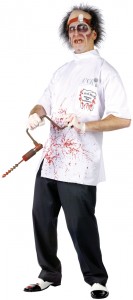
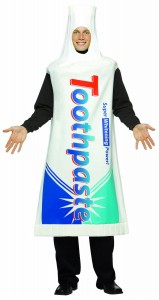

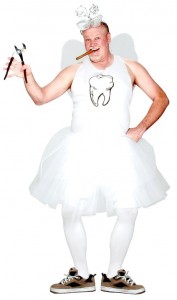


 Stem cell research has been a hot topic for the past few years. It seems as if every aspect of health care has been exploring the potential for stem cells, and dentistry itself has not been left untouched. So what is the potential for stem cells in dentistry?
Stem cells are cells in the body that have the potential to generate into a variety of different types of cells. They can be found in a variety of areas of the body, you may not have known this, but they are also located in the dental pulp tissues.
The dental pulp or area in the center of the tooth where nerve tissue and blood supply for the tooth is located. Although research up to this point has been limited, it is known, as stated by researcher Pamela Robey, Ph.D., that ” the cells from dental pulp in baby or wisdom teeth have the ability to make dentin and pulp and they might have the ability to make bone but right now that’s all we really know for sure.” Continued research and clinical trials are being completed to learn more about the potential for regeneration of bone as well as to evaluate any regenerative
Stem cell research has been a hot topic for the past few years. It seems as if every aspect of health care has been exploring the potential for stem cells, and dentistry itself has not been left untouched. So what is the potential for stem cells in dentistry?
Stem cells are cells in the body that have the potential to generate into a variety of different types of cells. They can be found in a variety of areas of the body, you may not have known this, but they are also located in the dental pulp tissues.
The dental pulp or area in the center of the tooth where nerve tissue and blood supply for the tooth is located. Although research up to this point has been limited, it is known, as stated by researcher Pamela Robey, Ph.D., that ” the cells from dental pulp in baby or wisdom teeth have the ability to make dentin and pulp and they might have the ability to make bone but right now that’s all we really know for sure.” Continued research and clinical trials are being completed to learn more about the potential for regeneration of bone as well as to evaluate any regenerative  better options for treats for the holiday. If you are looking to give away sugar-free treats but aren’t too keen on being known as the worst house on the block, there are some great sugarless or sugar-free options out there. Here are some of our favorite ideas for Halloween treats that are dentist recommended!
better options for treats for the holiday. If you are looking to give away sugar-free treats but aren’t too keen on being known as the worst house on the block, there are some great sugarless or sugar-free options out there. Here are some of our favorite ideas for Halloween treats that are dentist recommended!
 It’s the same scenario, you get to the dentist, sit in the chair and try and remain calm. But, as you look around at the various instruments all you can think is how each of them makes you want to throw up… literally. This brings me to today’s post: Dentistry and Gag Reflex.
In dentistry there are various things that can stimulate a gag response. Most severe gagger’s are swarmed with anxiety before and during their appointment. Some is towards the actual dental procedure but, most is due to the fear that they will start to gag and be unable to control it. As a dentist we try and alleviate those fears and manage the response as best as possible.
Gagging can be defined as a response ” In which the body attempts to eliminate instruments or agents from the oral cavity by muscle contraction at the base or the tongue and the pharyngeal wall”. Various things can cause this response whether it be from physical stimulation or psychological stimulation. With psychological stimulation certain sounds, smells and even thoughts can induce feelings of fear and stress thereby trigger a gag reflex. When I treat a patient with a sensitive gag reflex there are some methods I use to try and manage the symptoms.
It’s the same scenario, you get to the dentist, sit in the chair and try and remain calm. But, as you look around at the various instruments all you can think is how each of them makes you want to throw up… literally. This brings me to today’s post: Dentistry and Gag Reflex.
In dentistry there are various things that can stimulate a gag response. Most severe gagger’s are swarmed with anxiety before and during their appointment. Some is towards the actual dental procedure but, most is due to the fear that they will start to gag and be unable to control it. As a dentist we try and alleviate those fears and manage the response as best as possible.
Gagging can be defined as a response ” In which the body attempts to eliminate instruments or agents from the oral cavity by muscle contraction at the base or the tongue and the pharyngeal wall”. Various things can cause this response whether it be from physical stimulation or psychological stimulation. With psychological stimulation certain sounds, smells and even thoughts can induce feelings of fear and stress thereby trigger a gag reflex. When I treat a patient with a sensitive gag reflex there are some methods I use to try and manage the symptoms.
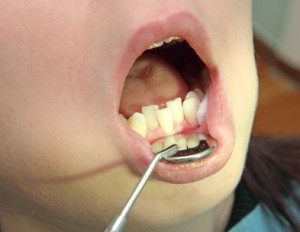
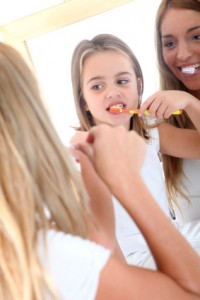 instill good oral health habits in your child. So read on for our recommendations on how to help your little one learn how good oral health starts at home!
instill good oral health habits in your child. So read on for our recommendations on how to help your little one learn how good oral health starts at home!
 Being a dentist a question we get quite frequently is: Is this going to hurt? So that brings me to today’s topic: What to expect from your dental visit.
One thing to mention is that in dentistry each individuals experience is different. Just as every person is different we find that every procedure is different. And, quite simply the only time you can consider a dental procedure as having been routine when you have looked at it retrospectively and decided that it had gone routinely. That being said, following is a list of the average experiences of patients for the most common procedures performed in the dental office.
Being a dentist a question we get quite frequently is: Is this going to hurt? So that brings me to today’s topic: What to expect from your dental visit.
One thing to mention is that in dentistry each individuals experience is different. Just as every person is different we find that every procedure is different. And, quite simply the only time you can consider a dental procedure as having been routine when you have looked at it retrospectively and decided that it had gone routinely. That being said, following is a list of the average experiences of patients for the most common procedures performed in the dental office.
